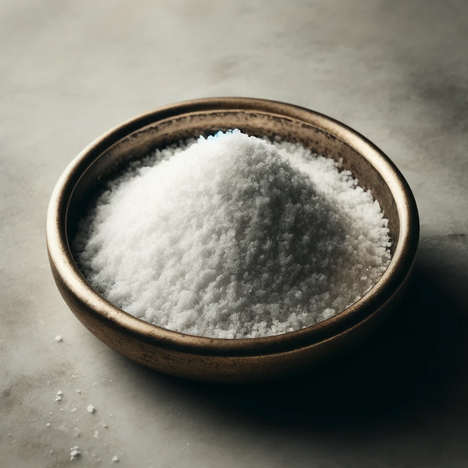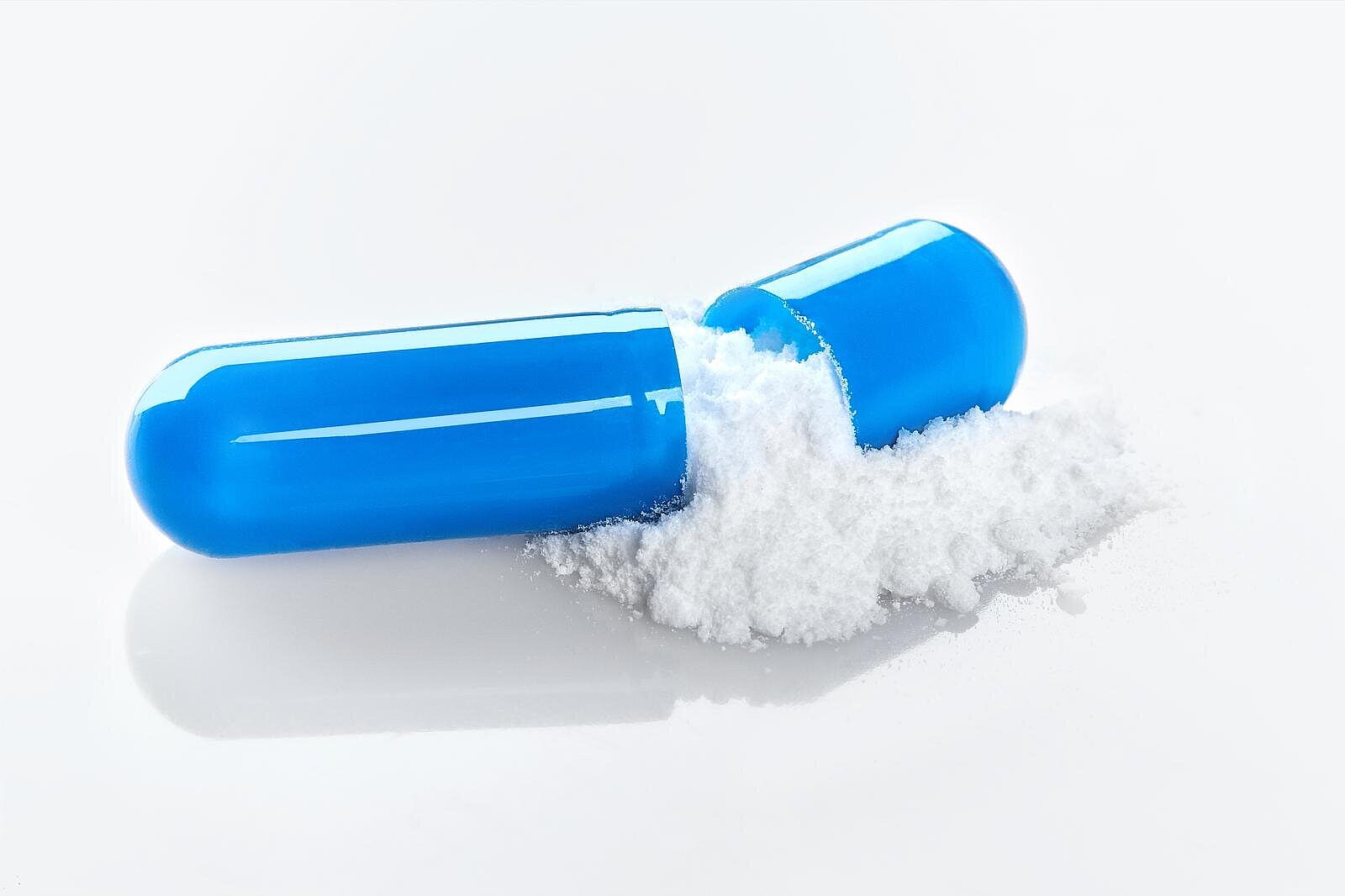Potassium sulfite

What is potassium sulphite?
Potassium sulphite (K2SO3) is a salt of sulphurous acid and is often used as a preservative in the food industry. Its main task is to prevent oxidation and thus extend the shelf life of food. In the dog world, potassium sulphite is mainly used in wet food and snacks to protect them from spoiling and to preserve their color and taste.
Advantages of potassium sulphite
Extended shelf life: The most obvious benefit of potassium sulphite is its ability to extend the shelf life of dog food. This allows for longer storage without loss of quality and nutritional value.
Color retention:Potassium sulfite helps to preserve the natural color of the food, which can be important for both visual appeal and acceptance by the dog.
Flavor retention: It helps to preserve the original flavor of the food over time, which can make it easier for picky dogs to eat.
Disadvantages of potassium sulfite
Potential health risks: As with many preservatives, there are concerns about the long-term health effects of potassium sulfite. It can cause allergic reactions in some dogs, ranging from skin irritation to more severe digestive problems.
Hypersensitivity reactions: Dogs with a hypersensitivity to sulfur can have a particularly negative reaction to potassium sulfite. Symptoms may include respiratory distress, diarrhea and vomiting.
Restriction of nutrient absorption: There is evidence that potassium sulphite can affect the availability of certain nutrients in dog food, which can lead to deficiencies of important vitamins and minerals.
The use of potassium sulphite in dog food is a double-edged sword. On the one hand, it offers clear advantages in terms of the shelf life and sensory properties of the food. On the other hand, the potential health risks and hypersensitivity reactions in some dogs can be a cause for concern.
If you notice any signs of hypersensitivity or poisoning in your dog, you should see your vet immediately. We are not a substitute for a vet, but we try to be as accurate as possible. Every dog reacts differently and we recommend you get a second opinion or consult your vet if in doubt.
Stay healthy and take good care of your four-legged friend!😊
Similar to Potassium sulfite
Sodium sulphite is the sodium salt of sulphurous acid. It is formed, for example, when sulphur dioxide is introduced into caustic soda or by neutralizing caustic soda with sulphurous acid. It can...
Potassium disulphite is also known as potassium metabisulphite, potassium pyrosulphite or E 224. It is a sulphite, which consists of sulphur and oxygen. Potassium disulphite is a white solid with a...
Sodium disulphite is mainly used as a preservative and antioxidant. It prevents the growth of microorganisms and the loss of color and flavor through oxidation. It is used in dried fruit,...
Sodium bisulfite is a chemical compound used as a preservative and antioxidant in various foods and beverages, as well as in photography and various industrial processes. It works by scavenging...



